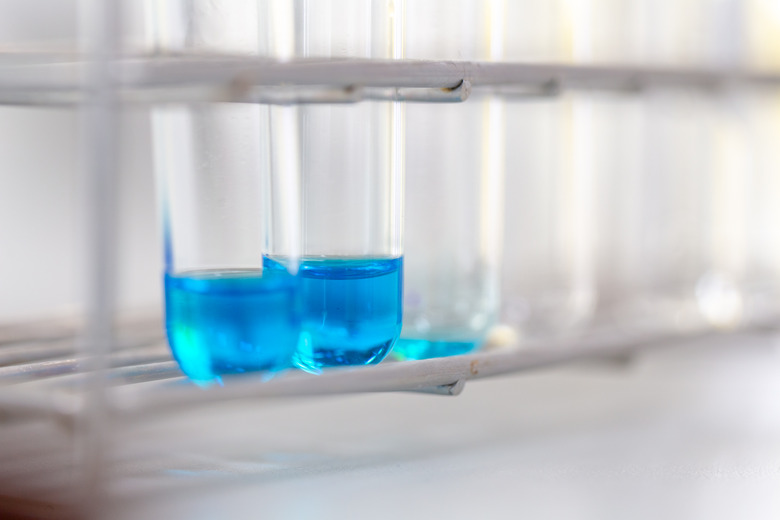What Is An Aqueous Solution?
An aqueous solution is the combination of one or more items in which water is the solvent that the solute dissolves in. Most often, when you think of water, you think of it as a liquid. However, water is only a liquid at room temperature, as a liquid is the state of an item. Ice is water too, but it is in a solid state when frozen.
What Is an Aqueous Solution in Chemistry?
What Is an Aqueous Solution in Chemistry?
The aqueous solution containing water and at least one other item is indicated by the symbol (aq) after the substance. For example, salt water is a solution indicated by NaCl(s). Whereas, the components of salt in an aqueous solution are indicated by Na (aq) + Cl (aq).
Water only dissolves hydrophilic items (items containing water) including acids, bases and salts. The aqueous solution of these items mixes together with the water completely. Hydrophobic items don't dissolve very well in water, such as oils and fats.
When you dissolve electrolytes in water, the ions allow the solution to be conductive of electricity. Sugar is a nonelectrolyte and dissolves in water, but at the molecular level it stays intact so the solution is not conductive.
Why Is an Aqueous Solution Important?
Why Is an Aqueous Solution Important?
In an aqueous solution where water is the solvent, the solute to be dissolved by the water has fewer particles in it, making the particles move in random motion. Pure water has a low concentration of ions and therefore does not conduct electricity. When a solute dissociates in water and forms an electrolyte, then the solution is a good conductor of electricity.
Solutes that dissociate in water and forms ions are electrolytes. Strong acids and bases in an aqueous solution form a strong electrolyte, which can dissolve completely as a soluble item. Weak electrolytes do not completely dissociate and are usually weak acids and bases. Since strong electrolytes supply ions to the solution, strong electrolytes create aqueous solutions that are more conductive of electricity.
What Is the Difference Between a Liquid and an Aqueous Solution?
What Is the Difference Between a Liquid and an Aqueous
Solution?
A liquid has free flowing particles, meaning that is has a definite volume, but doesn't have a definite shape. The most abundant liquid on Earth is water, as long as it's at room temperature.
To be considered a liquid, all of the following properties have to be met:
They have to be almost incompressible. Their value only decreases slightly under pressure.
Liquid densities are affected by pressure but change very slightly when pressure is added.
Liquids always take the shape of any type of container they are in.
Liquids have surface tension causing wetting.
All the particles in a liquid have greater freedom to move about than in a solid state.
Cite This Article
MLA
Lougee, Mary. "What Is An Aqueous Solution?" sciencing.com, https://www.sciencing.com/what-is-an-aqueous-solution-13712159/. 26 April 2018.
APA
Lougee, Mary. (2018, April 26). What Is An Aqueous Solution?. sciencing.com. Retrieved from https://www.sciencing.com/what-is-an-aqueous-solution-13712159/
Chicago
Lougee, Mary. What Is An Aqueous Solution? last modified March 24, 2022. https://www.sciencing.com/what-is-an-aqueous-solution-13712159/
